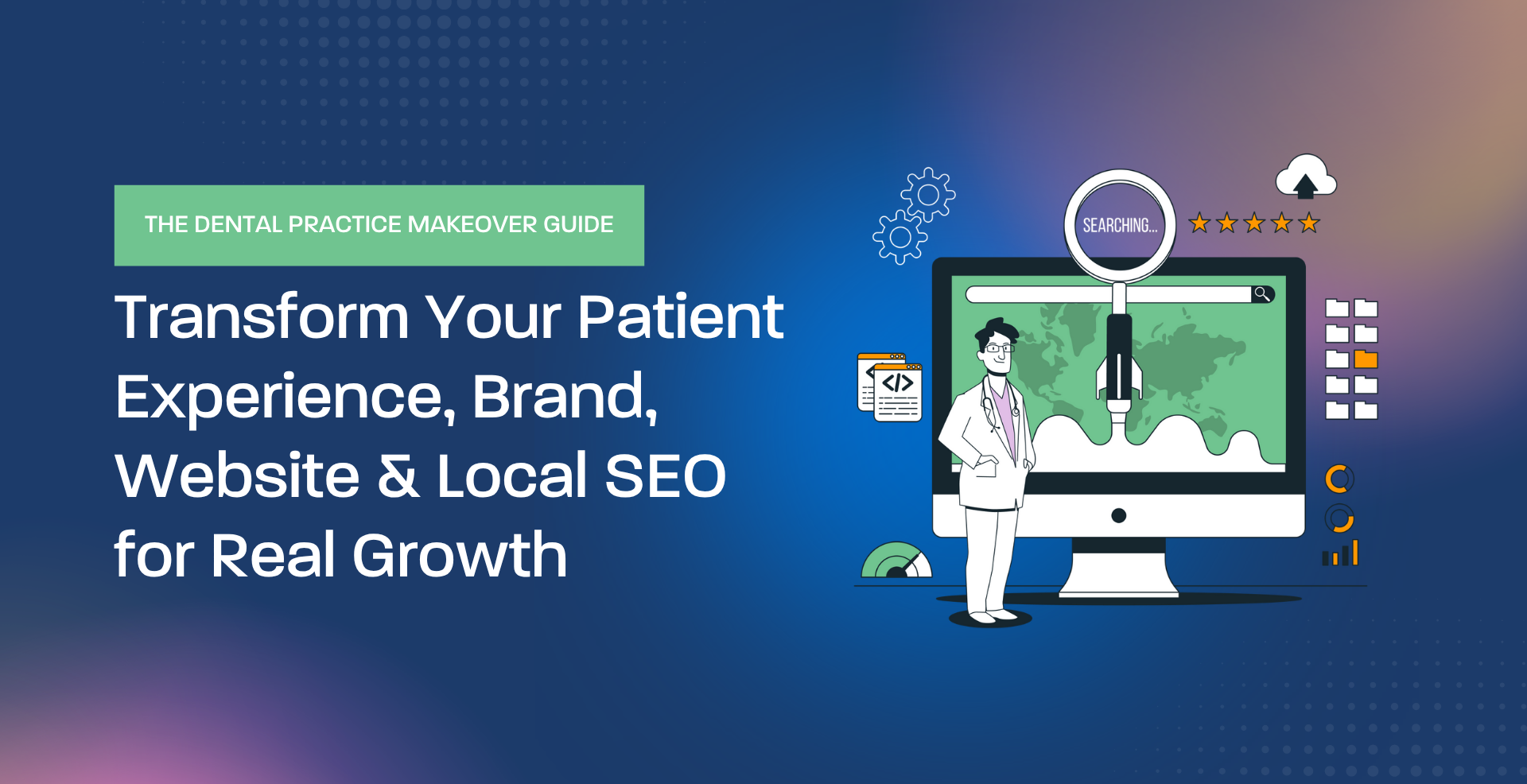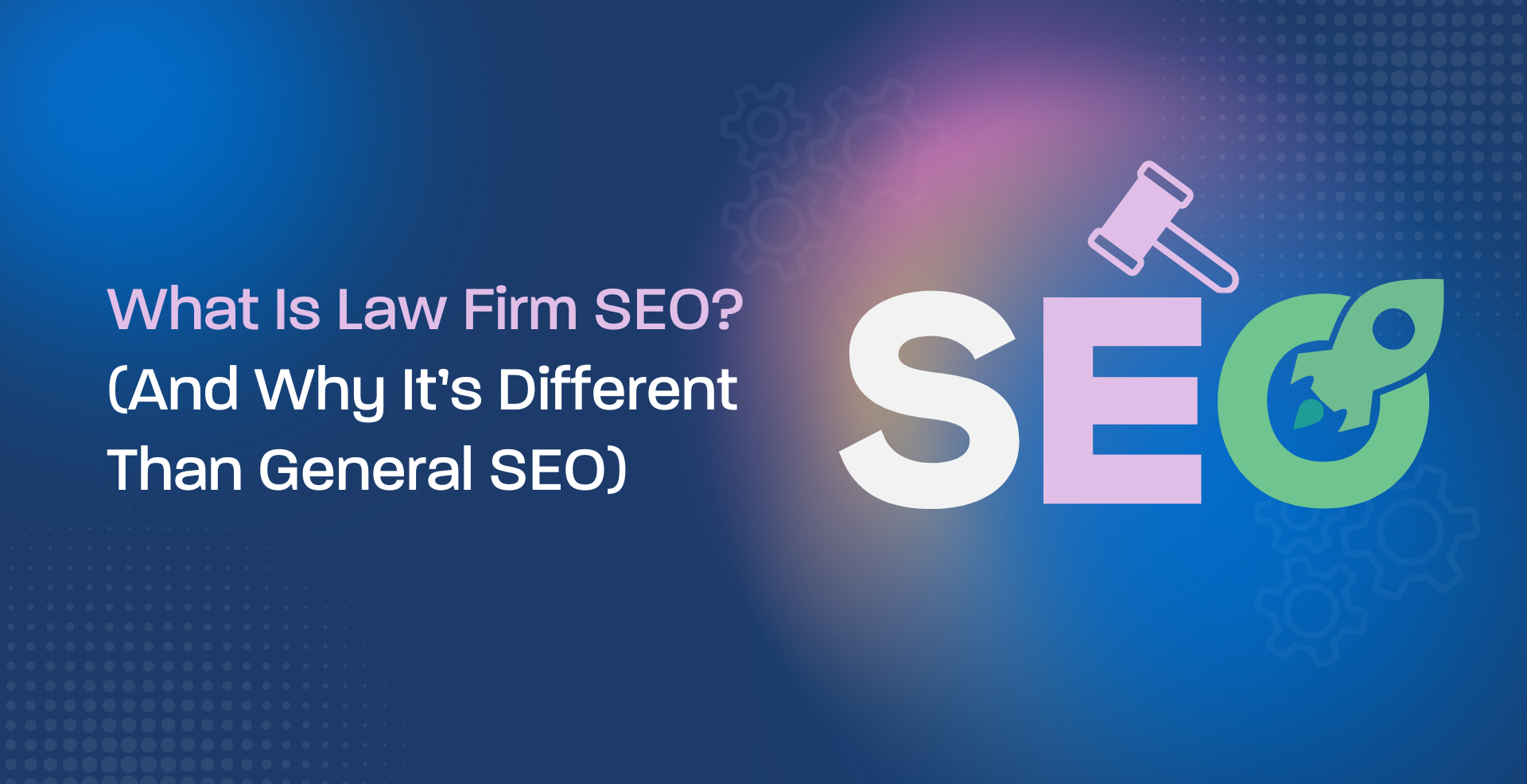Updated in August 2025
Do you know what drives business success?
A high-performing website is still the key but in 2025, the definition of “high-performing” has evolved. A website that is well-designed, fast, and optimized for search engines is no longer enough on its own. Modern websites are expected to be intuitive, personalized, and sustainable. They don’t just provide information; they deliver tailored digital experiences that keep visitors engaged and turn them into loyal customers.
Think of it like this: when you’re searching for a product or service online in 2025, what makes you stay on a particular website? Beyond clear navigation and high-quality visuals, it’s now the AI-powered personalization, the trust-building signals, and the smooth, eco-conscious performance that create confidence. A well-crafted website today feels less like a static storefront and more like a digital concierge that anticipates user needs.
With over 81% of consumers researching a business online before making a decision, understanding these new performance drivers is essential. Businesses that embrace AI-driven personalization, prioritize sustainability, and maintain a seamless user experience will thrive. Those that don’t risk falling behind — and facing some very “bouncy” consequences.
Key components of a high-performing business website
A business’s website acts as the initial point of contact for potential customers, essentially functioning as a virtual storefront that reflects the brand’s identity and offerings. When your website embodies the essential elements of high performance, it captivates visitors, driving improved conversion rates. Moreover, it establishes credibility, bolsters brand trust, and serves as a persuasive instrument in transforming casual visitors into devoted customers.

Website design and responsiveness
- Responsive design across devices – Responsive design is crucial in today’s multi-device world. Your website should flawlessly adapt to various screen sizes and devices, ensuring a consistent and optimal user experience. Accessibility across mobile phones, tablets, and desktops is essential for engaging users wherever they are.
- User-centric design principles to improve user experience – Simply put, user-centric design is comprehending users’ behaviors, needs, and preferences. When conceptualizing user experience (UX), focus on creating clear navigation, prominent calls-to-action, and visually captivating layouts. An intuitive interface that seamlessly guides users through the site fosters engagement and encourages exploration.
- Optimizing site speed and loading times – A lightning-fast website is non-negotiable as it improves user satisfaction and search engine rankings. Users expect instant access to information; a delay of mere seconds can lead to dissatisfaction and increased bounce rates (bouncy-bouncy). Optimizing site speed involves various strategies, such as efficient coding, minimizing HTTP requests, caching techniques, image optimization, and using content delivery networks (CDNs).
Website design and responsiveness
- Easy-to-use navigation – User-friendly navigation helps with user experience. Implementing a clear and intuitive navigation menu helps visitors easily find what they’re looking for. For example, a tech support website may feature prominent menu categorizing services such as “Software Solutions,” “Hardware Support,” and “Troubleshooting Guides.”
- Functional and easily accessible elements – Accessible menus (primary menu, secondary menu, tertiary, and so on), search bars, and contact forms contribute to a seamless user experience. Ensuring these elements are easily visible and functional across all devices enhances user engagement. A business consultancy site might offer a comprehensive search bar to enable users to find specific articles or services quickly.
- Streamlined checkout process for e-commerce sites – For e-commerce websites, a streamlined and hassle-free checkout process significantly reduces cart abandonment rates, leading to higher conversions.
- Create a mobile-first design approach – Adopting a mobile-first approach ensures that the website is optimized for smaller screens, offering a seamless browsing experience across devices.
- Testing and optimizing for various mobile devices – Ensure you carry out thorough testing and optimization across different mobile devices and screen sizes to guarantee a consistent and user-friendly experience for all visitors.

Clear and engaging content type for a high-performing business website
- Clear and engaging content – Compelling content is the backbone of a successful website. It’s not just about what you say but how you say it. Provide informative and engaging content that resonates with your target audience to establish credibility, and keep visitors returning. For instance, a marketing and design agency might regularly publish blog posts showcasing marketing trends, design ideas, and tips/tactics to captivate and inform its audience.
- Use of high-quality visuals and multimedia elements – The kind of visuals that accompany your content speak volumes and can significantly enhance user experience. Introducing high-quality images, videos, infographics, and interactive elements can increase content engagement. For instance, an e-commerce site selling fashion items could showcase products through high-resolution images and videos to give customers a realistic view of the items they’re interested in purchasing.
- Crafting persuasive Calls-to-Action (CTAs) for user engagement – Strategic placement of compelling CTAs prompts visitors to take desired actions, such as signing up for newsletters, making a purchase, or contacting the business. For example, a subscription-based service might use CTAs with persuasive language like “Unlock Exclusive Content” to entice users to sign up for a membership.
Search engine optimization (SEO) and Relevant Content Integration
To enhance user experience and boost conversion rates, relevant-SEO-optimized content plays a pivotal role in search results. It’s about more than just listing keywords. When searching for something online, people aren’t looking at the raw data; they’re seeking answers to their questions or solutions to problems. Relevant content guides them through this process by providing what they need in an easy-to-understand format.
Relevant content is not just text on a webpage but also visual aids like images and videos that enhance engagement and make the information more accessible. It includes detailed descriptions, step-by-step instructions for solving specific issues, or tutorials which cater to individual needs.
The need for relevant content stems from human psychology; users are always looking for answers rather than raw facts. This is why they search on websites in a particular context – not just information but also practical solutions or advice.
While traditional search results list articles, this method of presenting data does more than just highlight keywords. Instead of providing general background knowledge, relevant content puts the query into perspective by answering real-life questions and giving actionable steps that users can apply to their situation.
Actionable steps
- Implementing On-page and Off-page SEO strategies – Effective SEO strategies encompass on-page (content optimization, internal linking) and off-page (backlink building, social media signals) tactics. For instance, guest blogging on industry-related websites can build quality backlinks, boosting a website’s authority and visibility.
- Utilizing keywords, meta tags, and structured data – Incorporating relevant keywords, meta tags, and structured data markup improves a website’s chances of ranking higher in search engine results. A real estate website, for example, might use structured data to display property prices, locations, and features directly in search results, providing more information to potential customers.
SEO is vital for increasing visibility and driving organic traffic to your website. Understanding relevant keywords and optimizing content around them helps improve search engine rankings. Great news, we’ve got a beginner’s guide to SEO for businesses that you should check out for more SEO strategies you can implement!
AI-driven personalization and smart websites
In 2025, websites are no longer just static storefronts — they’re becoming AI-powered experiences. From chatbots that answer customer questions in real time to product recommendations driven by machine learning, modern websites adapt dynamically to each visitor. This level of personalization doesn’t just improve user satisfaction, it shortens the path to purchase and keeps customers engaged longer. A high-performing website in today’s market should feel less like a brochure and more like a digital concierge that understands user needs instantly.
Sustainability and web performance matter more than ever
Consumers are increasingly conscious of how brands operate, and this extends to their digital experiences. In 2025, eco-friendly web performance has become a quiet but important differentiator. Streamlined code, efficient hosting, and reduced data-heavy elements not only improve load speeds but also lower the carbon footprint of your site. Pairing this with continuous monitoring and optimization ensures your website stays fast, secure, and aligned with growing expectations for both sustainability and reliability in the digital space.
Simple Layout Reduces Bounce Rates
A website’s design is crucial in helping users navigate and find what they’re looking for. A successful site should be visually appealing, user-friendly, and easy to use.
One key component that contributes significantly to a website’s success is simplicity in its layout. When your website has an overly cluttered design with too many colors, images or information on one page; users are going to get frustrated. In some cases they may even turn back before seeing what was there and thus increasing the likelihood that their initial intention won’t be met.
For example, if a website about fitness has a cluttered design with too many colors and images of different people at the gym; users who are looking for workouts will quickly leave without finding any specific information to help them plan their daily routine. This could lead to an increase in bounce rate.
Another great example is an e-commerce site that has too much going on, its overwhelming for a customer making it hard for them to find what they need and thus resulting in higher bounce rates. Simplifying your layout will give users the time they need to decide whether or not their needs are being met. This can lead to increased engagement – you’re giving your visitors an opportunity to take action quickly without getting overwhelmed by too much information.
Tight security measures for a high-performing website
- Ensuring website security with SSL certificates and HTTPS protocol – Securing your website with SSL certificates and adopting the HTTPS protocol builds trust with visitors by encrypting data transmission. If your website accepts payments, you have to create a secure environment to protect customer information during transactions.
- Make regular updates and backups for protection against cyber threats – Regular updates to software, plugins, and systems, alongside frequent backups, safeguard against potential cyber threats and prevent data loss. For example, routine updates to check your software will help you patch loopholes and back up user data to prevent loss of data or any disruption in services.

Analytics and web performance tracking
- Incorporate analytics tools – Using analytics tools like Google Analytics helps to monitor website performance, providing insights into user behavior, traffic sources, and engagement metrics. These tools also tell you what you’re doing right, and what needs to be improved on.
- Analyzing user behavior and conversion rates – Analyzing user behavior and conversion rates. This allows your business to make informed decisions and tailor strategies to enhance website effectiveness.
- Making data-driven decisions – Leveraging data to drive decisions enables continual improvement. This ensures the website meets evolving user expectations and business goals.
Personalization Improves User Engagement and Sales
Personalization is when your website tailors content to a specific user. It makes it unique and therefore more interesting for users, which can increase trust. This may lead to an increased conversion rate.
One key feature that improves the user experience with personalization is recommending products or services based on what you already own. For example if your customer purchased laptop and phone then they are likely a tech enthusiast. It would be great if it suggested smartwatch next time, this makes them more relevant and targeted to their interests.
Another way that can enhance the user experience is through using specific language on product pages for each group of users. This may lead to increased engagement as they will feel like you understood them. For instance, if your website knows it has a customer who loves music then it could say “music gear”.
Social media integration
- Leverage social media platforms for increased engagement – Integrating your social media platforms amplifies engagement, expands reach, and fosters a community around the brand. You can also incorporate social sharing buttons and widgets as these encourage users to share content, facilitating increased visibility and exposure across social networks.
- Build brand presence through social media integration – Active social media integration aids in building brand identity, establishing credibility, and fostering relationships with the audience.
P.S. A website is more than just a digital storefront; it’s a reflection of your brand’s values and personality. By focusing on creating an intuitive user experience, you’ll not only increase engagement but also improve conversion rates. This results in increased revenue and long-term success for your business. Moreover, with search engines favoring mobile-friendly websites, neglecting to optimize yours can lead to reduced visibility and a loss of potential customers.
Do you need help to create a high-performing website for your business, say hello and a geek will be in touch.






